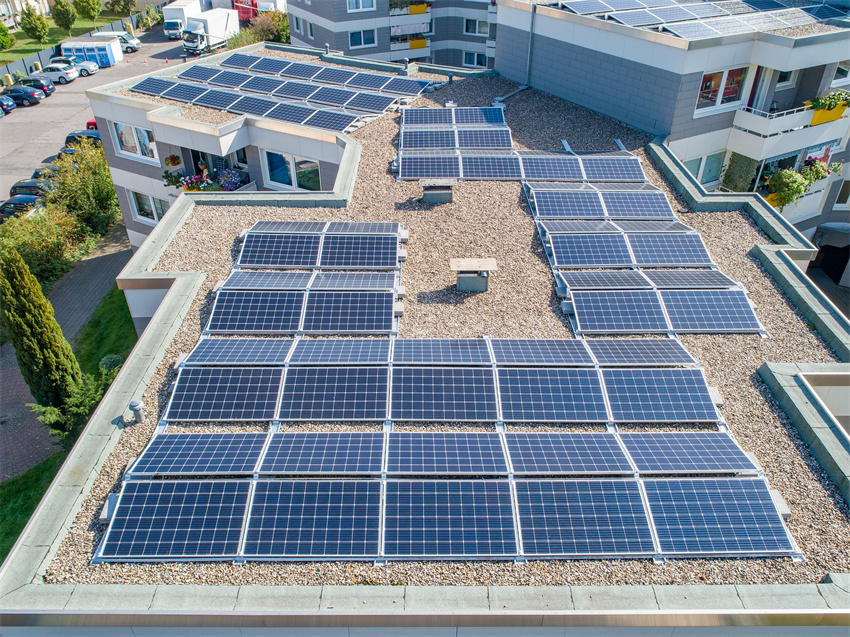Since 2022, European energy prices have risen sharply. Dutch natural gas futures, the benchmark of natural gas in continental Europe, have more than doubled this year. Electricity prices are highly correlated with traditional energy prices. The high energy prices have pushed up the electricity prices of European residents, which has led to a sharp increase in the yield of European household energy storage. Affected by the surge in global energy prices, the domestic energy storage market has shown an explosive trend in Europe and America, especially in Europe, which leads the world.In 2021, the new capacity of electrochemical energy storage in Europe exceeded 3 GW, and in 2020, the new installed capacity of household energy storage exceeded 1 GW. The largest markets were Germany, Italy, Britain, Austria and Switzerland, and Germany occupied more than 70% of the new energy storage market, which was the absolute main force of household energy storage in Europe. According to the analysis of CITIC Jiantou, the household energy storage market is showing an explosive trend in Europe and America. The low cost of optical storage enables European and American consumers to recover their investment costs within almost 3-5 years. Since 2021, the household energy storage market has doubled every year in Europe and America, showing an explosive growth trend. Household energy storage will suddenly emerge as the fourth high-speed growth track in the new energy industry. It is estimated that the compound growth rate of global household energy storage installations will reach 112% from 2021 to 2025, which is the most worthy link in the energy storage industry at the moment.With the further increase of photovoltaic power generation and distributed photovoltaic power generation, the global PV inverter market shipments will further increase. The agency predicts that in 2025, the global installed capacity of photovoltaic will reach 507GW, accounting for 50% of distribution, and the global installed capacity of photovoltaic CAGR will be 29.73% from 2020 to 2025. It is estimated that the market scale of micro-inverter will reach 32.5 billion yuan in 2025, and the CAGR will be 47.22% in 2020-2025.Micro-inverter is a module-level power electronic conversion scheme that can track the maximum power point of each photovoltaic module separately, and then invert it into AC power grid. Compared with centralized inverter and series inverter, micro inverter has triple advantages of safety, high efficiency and flexibility. Essence Securities believes that with the help of many factors, the micro inverter industry is welcoming new development opportunities. On the one hand, in recent years, the proportion of global distributed photovoltaic installed capacity has continued to increase. At the same time, roof photovoltaic safety standards at home and abroad have become stricter, and component-level control schemes have gradually become "standard". On the other hand, with photovoltaic entering the era of parity, the cost of kilowatt-hour has become the core consideration factor in the industry. With the rapid increase of module power and the continuous iteration of micro-inverter products, the economic gap between micro-inverter and traditional series inverter in some household applications has been smaller. Previously, micro inverters were mainly used in North America. It is expected that Europe, Latin America and other regions have also entered the accelerated penetration period, and micro inverters are expected to gradually develop and grow from the previous "niche" market. In 2025, global shipments may exceed 25GW, with an average annual growth rate of over 50%.
Article source: ZAKER
